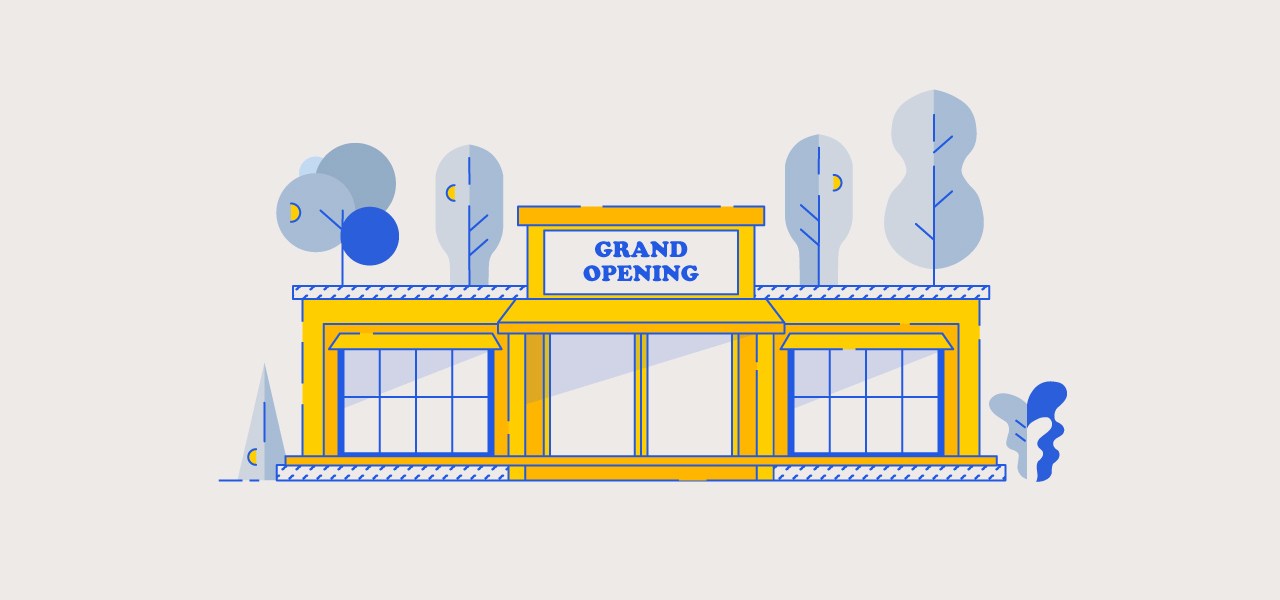Everything you need to know about how the retail experience is about to change

How we shop has changed in both visible and invisible ways.
Beginning in March, much of the country’s in-person commerce was put on a standstill. Stores had to close or adopt new practices to better facilitate social distancing. Companies had to figure out their online strategies.
Now, things are beginning to reopen– they won’t be the same. Stores will have different floor-plans, new technologies and updated rules. Similarly, other parts of the retail experience will be either upended or no longer exist.
Over the past week, we looked into all the changes needed for stores around the country to reopen. Much of it involves guesswork, because no one knows what shoppers will want in the next few months. Neither do we know if the coronavirus will have a second wave. Here’s what you need to know.
Updated stores and storefronts
The retail spaces are now forced to adopt social distancing. Already, grocery stores have begun putting markers on floors and walls to show how far customers need to stand apart from each other.
Stores like Costco are requiring customers to wear masks while inside. Other stores are using technology to help customers find merchandise. Lacoste, for example, is putting up QR codes outside of the store to tell customers what merchandise is inside before they walk in.
Other retailers are trying to lessen as much physical contact as possible. Suitsupply has redesigned its fitting rooms to have barriers with holes in them between stylists and shoppers — allowing the employees to put their holes through the holes for the fitting. The hope is to make for as little contact as possible, though, CEO Fokke de Jong noted, “it’s impossible to pin a garment at a six-foot distance.”
Some are realizing they can’t have huge crowds in their stores and prefer not have lines go down the block. To fix this, they’re looking into appointment and reservations — something most restaurants used in the past. It’s not a panacea for retailers, but some are finding it helpful to have customers reserve time-slots. Farmers markets and other specialty shops have begun trying it out — partnering with backend providers like Tock and OpenTable — and say it’s helped reduce customer congestion. Others, however, said retail appointments may not last forever and simply fix an immediate need at present.
New retail programming
While physical spaces are the most obvious parts in need of an upgrade, other retail components are in the midst of a big shift. Before coronavirus, many retailers looked toward experiential content — events and other non-commerce related programming — as a way to gin up customer engagement. Now, the idea of experiential retail is being rethought.
Instead of having customers come into stores, more retailers are looking toward digital events as a way to garner that kind of engagement. “It’s about how do we empower shoppers more… their phone is literally the remote control to chose your own adventure,” said Melissa Gonzalez, founder of Lionesque Group.
Still, some parts of the store require being at the physical space and trying a product. Sampling, for example, has long been a part of stores’ strategies. Still, companies like Trader Joe’s and Costco stopped offering food samples; Trader Joe’s in fact confirmed to Modern Retail that it has no plans on offering samples again in the near future.
Some companies, like wine makers and importers, require people trying their products. As one importer explained to Modern Retail, when stores reopen, the process of wine tasting will be much more singular: there will be no communal cup for spitting; everyone will be much farther apart. The entire experience will be very different — at least for the next year.
Put together, retailers are in the midst of a tectonic shift in how they sell their goods in stores and how they connect with customers. More are relaying on digital programs as well as remote engagement.
“We are going to see more merging of digital and physical with engagement at the heart of it,” said Beth Ann Kaminkow, CEO of WPP’s creative commerce agency Geometry.
Read more:
The store of the future is coming this summer. Here’s what it looks like.
Experiential retail will get a digital facelift in the post-coronavirus world
Retailers are testing out reservation-like appointments
Retail sampling likely won’t be the same again
